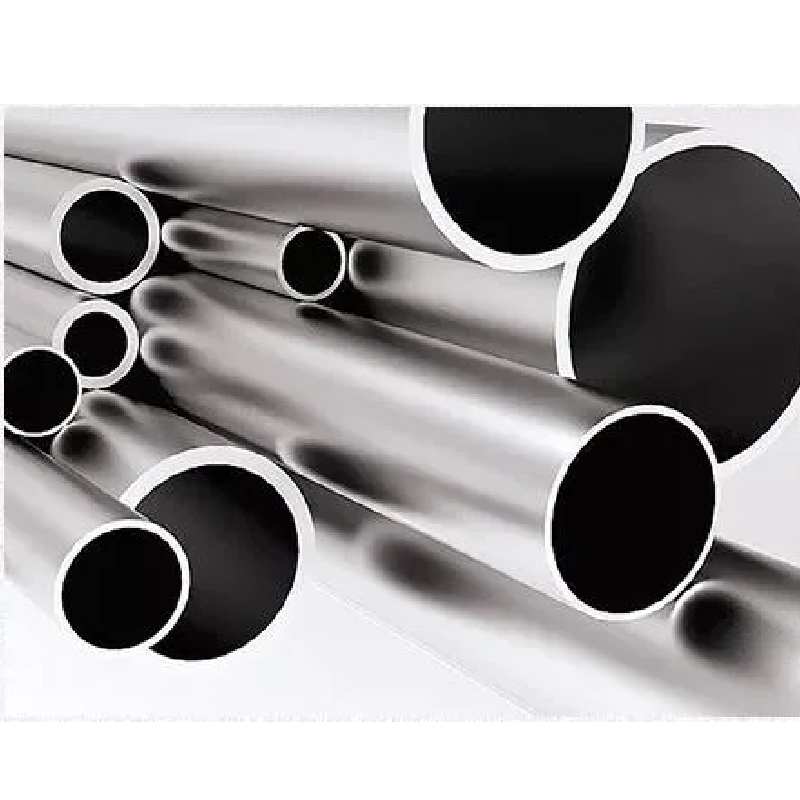-
Cangzhou Yulong Steel Co., Ltd.
-
Phone:
+86 13303177267 -
Email:
admin@ylsteelfittings.com
- English
- Arabic
- Italian
- Spanish
- Portuguese
- German
- kazakh
- Persian
- Greek
- French
- Russian
- Polish
- Thai
- Indonesian
- Vietnamese
- Zulu
- Korean
- Uzbek
- Hindi
- Serbian
- Malay
- Ukrainian
- Gujarati
- Haitian Creole
- hausa
- hawaiian
- Hebrew
- Miao
- Hungarian
- Icelandic
- igbo
- irish
- Japanese
- Javanese
- Kannada
- Khmer
- Rwandese
- Afrikaans
- Albanian
- Amharic
- Armenian
- Azerbaijani
- Basque
- Belarusian
- Bengali
- Bosnian
- Bulgarian
- Catalan
- Cebuano
- China
- China (Taiwan)
- Corsican
- Croatian
- Czech
- Danish
- Esperanto
- Estonian
- Finnish
- Frisian
- Galician
- Georgian
- Kurdish
- Kyrgyz
- Lao
- Latin
- Latvian
- Lithuanian
- Luxembourgish
- Macedonian
- Malgashi
- Malayalam
- Maltese
- Maori
- Marathi
- Mongolian
- Myanmar
- Nepali
- Norwegian
- Norwegian
- Occitan
- Pashto
- Dutch
- Punjabi
- Romanian
- Samoan
- Scottish Gaelic
- Sesotho
- Shona
- Sindhi
- Sinhala
- Slovak
- Slovenian
- Somali
- Sundanese
- Swahili
- Swedish
- Tagalog
- Tajik
- Tamil
- Tatar
- Telugu
- Turkish
- Turkmen
- Urdu
- Uighur
- Welsh
- Bantu
- Yiddish
- Yoruba

Nov . 26, 2024 23:28 Back to list
Exploring ANSI Class 125 Standards for Industrial Applications and Compatibility
Understanding ANSI Class 125 A Key Standard in Industrial Applications
In the realm of industrial applications, standards play a crucial role in ensuring safety, compatibility, and efficiency across various systems. One such standard is ANSI Class 125, which is implemented primarily in the design and manufacturing of flanges and fittings used in piping systems. This article dives into the details of ANSI Class 125, its specifications, applications, and significance in the industry.
What is ANSI Class 125?
ANSI, which stands for the American National Standards Institute, has established a framework of standards that govern various aspects of manufacturing and engineering. Class 125 refers specifically to a pressure-temperature rating system that is used for flanges. This classification indicates that the flanges can handle a specific pressure at a given temperature, which is vital for ensuring the reliability and safety of piping systems.
ANSI Class 125 flanges typically have a pressure rating of 125 pounds per square inch (psi) at 100 degrees Fahrenheit. However, as temperatures increase, the allowable pressure decreases. Therefore, it is essential to consult the appropriate pressure-temperature rating charts to determine the safe operating conditions for any given application.
Specifications of ANSI Class 125
The specifications of ANSI Class 125 flanges and fittings can vary, but there are standard dimensions that are widely recognized. These flanges generally consist of a flat face or raised face, with bolt hole patterns that conform to the applicable ANSI standards, such as ANSI B16.1, which outlines the dimensions of flanges made from cast iron.
The standard flange dimensions for Class 125 include features like outer diameter, bolt circle diameter, and the number and size of bolt holes. These dimensions ensure that the flanges can be easily connected with other components in a piping system.
Materials commonly used for ANSI Class 125 flanges include cast iron, carbon steel, and stainless steel, depending on the specific requirements of the environment in which they are utilized. For instance, cast iron is often used in waterworks and drainage applications, while stainless steel may be preferred for environments that require corrosion resistance.
Applications of ANSI Class 125
ansi class 125

ANSI Class 125 flanges are widely used in various industries due to their compatibility and reliability. Some common applications include
1. Water and Wastewater Treatment In municipal water systems, ANSI Class 125 flanges are often found in the installation of pumps, valves, and pipelines that transport water. Their pressure rating makes them suitable for handling the pressures associated with water distribution systems.
2. HVAC Systems Heating, ventilation, and air conditioning systems often employ ANSI Class 125 components for duct connections and other critical junctions where leak-proof sealing is necessary.
3. Pipelines Whether for oil, gas, or other fluid transport systems, ANSI Class 125 is a popular choice for flanges due to their proven performance and reliability under varying pressures and temperatures.
4. Chemical Processing In industries dealing with various chemicals, the use of ANSI Class 125 components is crucial, particularly when handling substances that require specific corrosion-resistant materials.
Importance of ANSI Class 125 in Industry
The significance of ANSI Class 125 extends beyond mere specification; it represents a commitment to safety and standardization within the industry. The standard ensures that manufacturers produce flanges and fittings that can be easily interchangeable, thereby helping to reduce the risk of leaks or failures in piping systems.
Moreover, compliance with ANSI standards also facilitates better maintenance practices. Operators familiar with ANSI Class 125 specifications can efficiently conduct inspections, repairs, and replacements, thereby minimizing downtime and enhancing operational efficiency.
Conclusion
ANSI Class 125 stands as a testament to the importance of standards in industrial applications. With its defined pressure and temperature ratings, manufacturers and engineers can ensure the integrity and safety of piping systems that transport essential fluids in various industries. By adhering to these standards, organizations not only meet regulatory requirements but also foster a culture of safety and reliability that is crucial for the efficient operation of their systems. As industries continue to evolve, the role of ANSI Class 125 will remain vital in setting benchmarks for quality and performance in piping applications.
Latest news
-
ANSI 150P SS304 SO FLANGE
NewsFeb.14,2025
-
ASTM A333GR6 STEEL PIPE
NewsJan.20,2025
-
ANSI B16.5 WELDING NECK FLANGE
NewsJan.15,2026
-
ANSI B16.5 SLIP-ON FLANGE
NewsApr.19,2024
-
SABS 1123 FLANGE
NewsJan.15,2025
-
DIN86044 PLATE FLANGE
NewsApr.19,2024
-
DIN2527 BLIND FLANGE
NewsApr.12,2024
-
JIS B2311 Butt-Welding Fittings LR/SR 45°/90° /180°Seamless/Weld
NewsApr.23,2024











